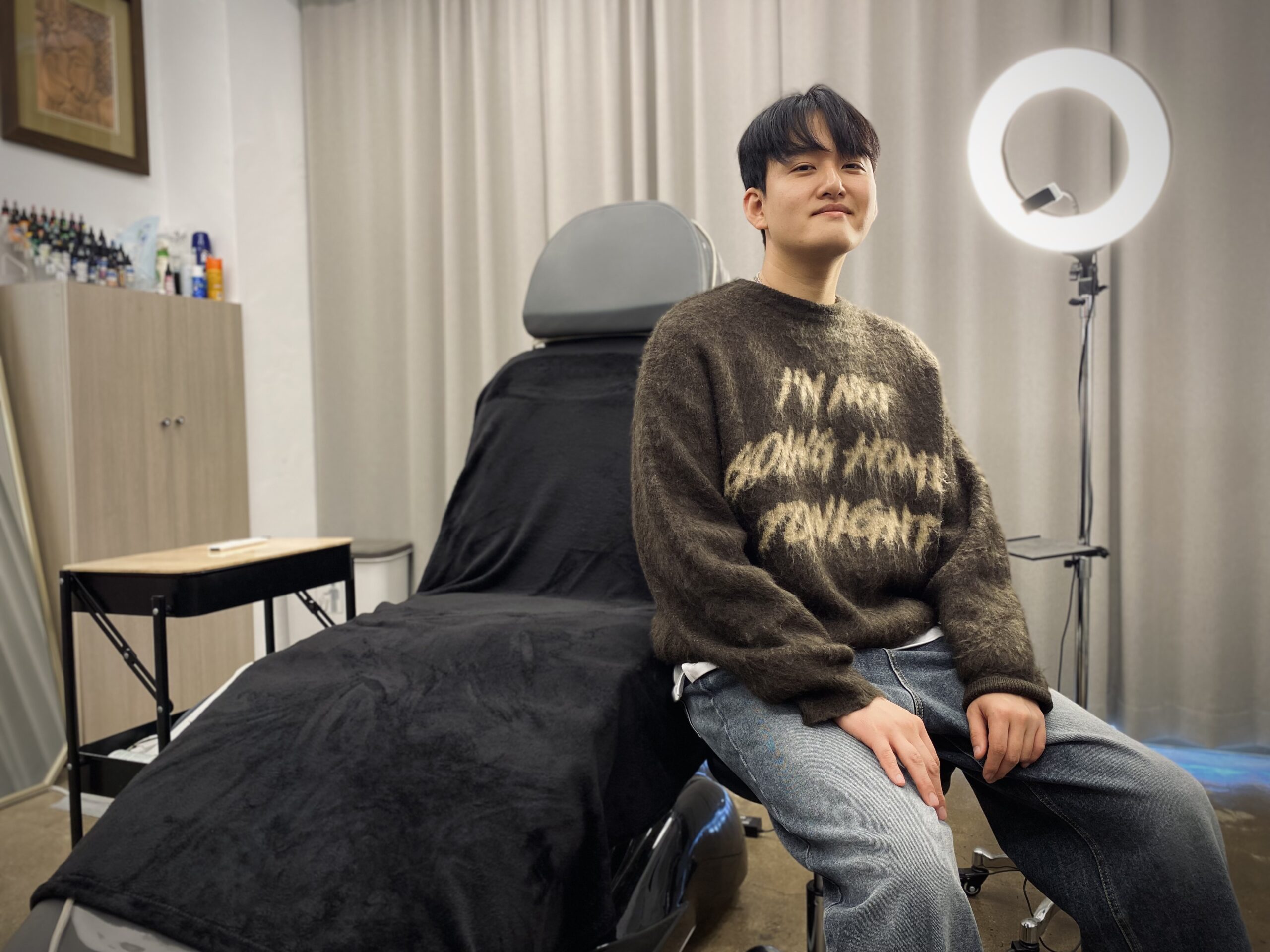The Birth of Korean Cool By Euny Hong
“She tells an interesting story about the beginning of Korean television dramas.”






“She tells an interesting story about the beginning of Korean television dramas.”
“Although this film is very specific to South Korean history, it does not require the audience to have previous knowledge on the subject.”
“Joseon Korea was repeatedly laid to waste, expos[ing] long-accepted abuses of power and privilege, gross inequities in society, and the inefficiency of established institutions.”
We often think of Korea’s neo-Confucianism of Joseon Dynasty times as a singular concept, but in actuality, it was more of an umbrella term for the differing schools of thought that existed simultaneously as well as those that developed sequentially during Joseon times. One of these schools of neo-Confucian thought was that of the Nosa School, developed in the Jeolla area by Ki Jeong-jin.
Gwangju mourned the death of a rather quiet but determined champion for democracy early last month: Bae Eun-sim; she was 82.
Even among those who are currently working in the hanok or heritage fields, many think of Gwangju’s mass-produced hanok roof designs as ridiculous or too exotic.
“What they were also surprisingly keen on was decorating, as many rooms had unique wallpaper not seen in other cells.”
“It was not only one of the fiercest struggles by commoners for democratic reforms, but it was also the beginning of the anti-Japanese movement.”